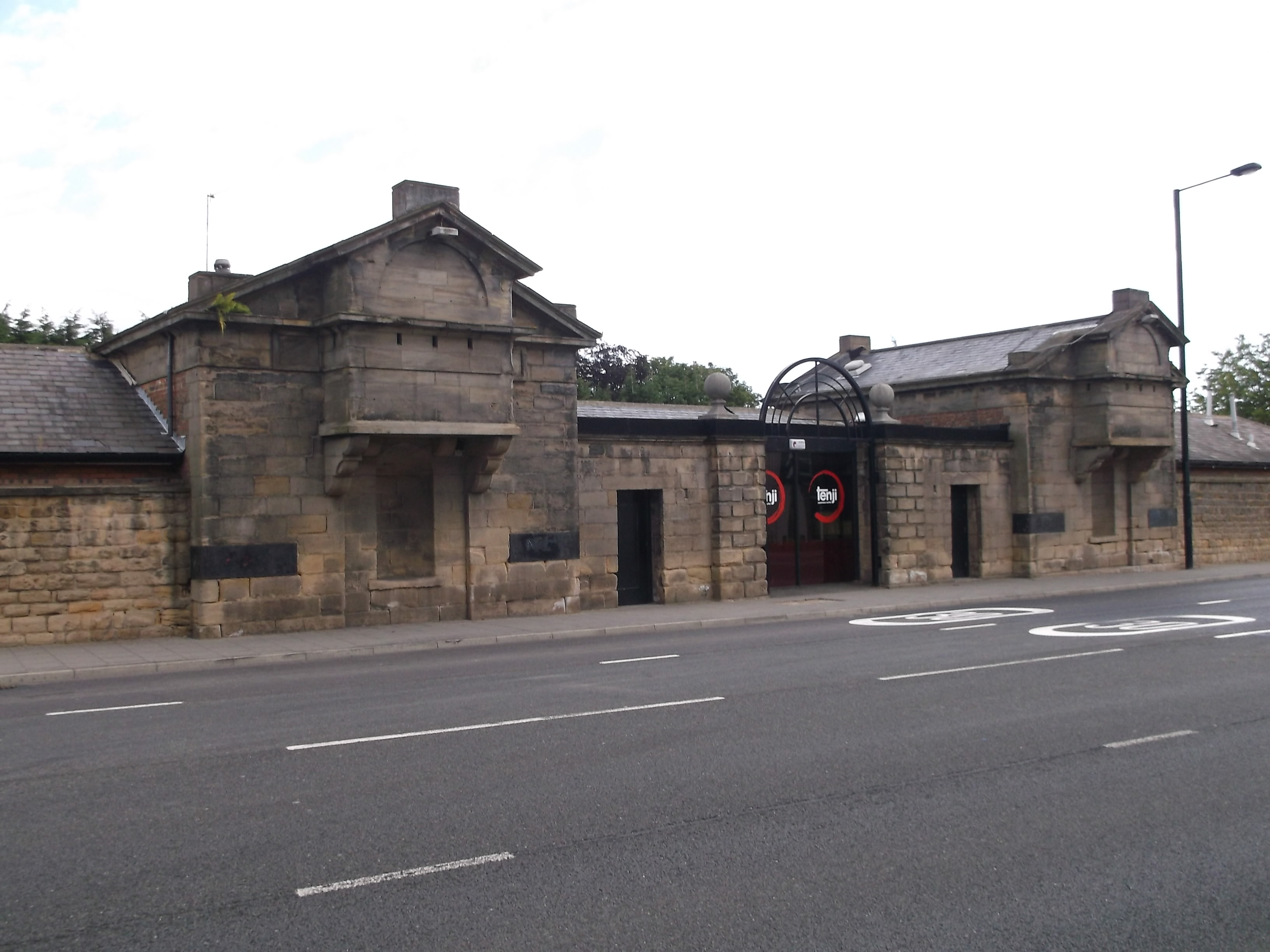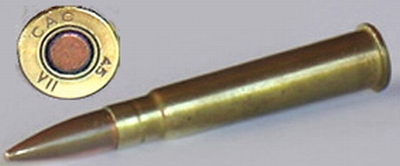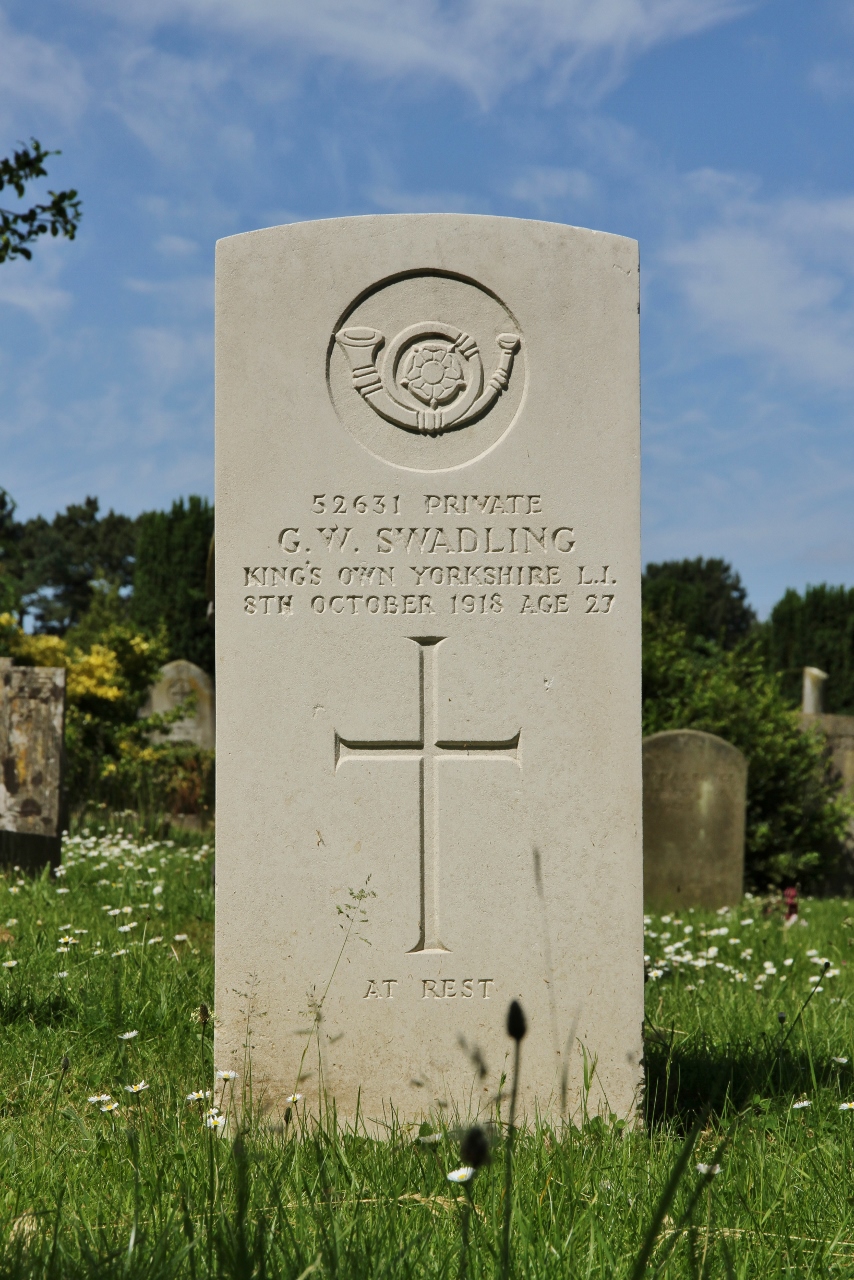|
207th (2nd East Midland) Brigade
The 207th (2nd East Midland) Brigade was a formation of the British Army during World War I. It was raised as a 2nd-Line duplicate of the 162nd (East Midland) Brigade of the Territorial Force and formed part of the 69th (2nd East Anglian) Division. It served as a training formation in the United Kingdom without going overseas. Recruitment On the outbreak of war, units of the Territorial Force were invited to volunteer for Overseas Service. On 15 August 1914, the War Office issued instructions to separate those men who had signed up for Home Service only, and form these into reserve units. On 31 August, the formation of a reserve or 2nd-Line unit was authorised for each 1st-Line unit where 60 per cent or more of the men had volunteered for Overseas Service. The titles of these 2nd-Line units would be the same as the original, but distinguished by a '2/' prefix. In this way duplicate battalions, brigades and divisions were created, mirroring those TF formations being sent overseas. ... [...More Info...] [...Related Items...] OR: [Wikipedia] [Google] [Baidu] |
Second World War
World War II or the Second World War, often abbreviated as WWII or WW2, was a world war that lasted from 1939 to 1945. It involved the vast majority of the world's countries—including all of the great powers—forming two opposing military alliances: the Allies and the Axis powers. World War II was a total war that directly involved more than 100 million personnel from more than 30 countries. The major participants in the war threw their entire economic, industrial, and scientific capabilities behind the war effort, blurring the distinction between civilian and military resources. Aircraft played a major role in the conflict, enabling the strategic bombing of population centres and deploying the only two nuclear weapons ever used in war. World War II was by far the deadliest conflict in human history; it resulted in 70 to 85 million fatalities, mostly among civilians. Tens of millions died due to genocides (including the Holocaust), starvation, ma ... [...More Info...] [...Related Items...] OR: [Wikipedia] [Google] [Baidu] |
Leicestershire Regiment
The Leicestershire Regiment (Royal Leicestershire Regiment after 1946) was a line infantry regiment of the British Army, with a history going back to 1688. The regiment saw service for three centuries, in numerous wars and conflicts such as both World War I and World War II, before being amalgamated, in September 1964, with the 1st East Anglian Regiment (Royal Norfolk and Suffolk), the 2nd East Anglian Regiment (Duchess of Gloucester's Own Royal Lincolnshire and Northamptonshire) and the 3rd East Anglian Regiment (16th/44th Foot) to form the present day Royal Anglian Regiment, of which B Company of the 2nd Battalion continues the lineage of the Royal Leicestershire Regiment. History Early wars On 27 September 1688 a commission was issued to Colonel Solomon Richards to raise a regiment of foot in the London area. In its early years, like other regiments, the regiment was known by the name of its various colonels. Following a failed attempt to break the siege of Derry in 1689 ... [...More Info...] [...Related Items...] OR: [Wikipedia] [Google] [Baidu] |
Retford
Retford (), also known as East Retford, is a market town in the Bassetlaw District in Nottinghamshire, England, and one of the oldest English market towns having been granted its first charter in 1105. It lies on the River Idle and the Chesterfield Canal passes through its centre. Retford is east of Sheffield, west of Lincoln, Lincolnshire, Lincoln and north-east of Nottingham. The population at the 2011 census was 22,013. In 1878 an Act of Parliament extended the borough of East Retford to include the village of Ordsall, Nottinghamshire, Ordsall, West Retford and part of the parish of Clarborough. It is administered by Bassetlaw District Council, which itself is now a non-constituent partner member of the Sheffield City Region Combined Authority. In addition to being an ancient market town and infamous Rotten Borough, Retford is known as being at the centre of Nonconformism, with the origins of the Pilgrims, Baptists and Wesleys being in this area. History Origins of the n ... [...More Info...] [...Related Items...] OR: [Wikipedia] [Google] [Baidu] |
Northern Command (United Kingdom)
Northern Command was a Home Command of the British Army from 1793-1889 and 1905–1972. Nineteenth century Great Britain was divided into military districts on the outbreak of war with France in 1793. The formation in the North, which included Northumberland, Cumberland, Westmorland and Durham, was originally based at Fenham Barracks in Newcastle upon Tyne until other districts were merged in after the Napoleonic Wars. In 1840 Northern Command was held by Major-General Sir Charles James Napier, appointed in 1838. During his time the troops stationed within Northern Command were frequently deployed in support of the civil authorities during the Chartist unrest in the northern industrial cities. Napier was succeeded in 1841 by Major-General Sir William Gomm, when the command included the counties of Northumberland, Cumberland, Westmorland, Durham, Yorkshire, Cheshire, Derbyshire, Lancashire, Nottinghamshire, Flintshire, Denbighshire and the Isle of Man, with HQ at Manchest ... [...More Info...] [...Related Items...] OR: [Wikipedia] [Google] [Baidu] |
Harrogate
Harrogate ( ) is a spa town and the administrative centre of the Borough of Harrogate in North Yorkshire, England. Historic counties of England, Historically in the West Riding of Yorkshire, the town is a tourist destination and its visitor attractions include its spa waters and Harlow Carr, RHS Harlow Carr gardens. away from the town centre is the Yorkshire Dales National Park and the Nidderdale AONB. Harrogate grew out of two smaller settlements, High Harrogate and Low Harrogate, in the 17th century. For three consecutive years (2013–2015), polls voted the town as "the happiest place to live" in Britain. Harrogate spa water contains iron, sulphur and common salt. The town became known as 'The English Spa' in the Georgian era, after its waters were discovered in the 16th century. In the 17th and 18th centuries its 'chalybeate' waters (containing iron) were a popular health treatment, and the influx of wealthy but sickly visitors contributed significantly to the wealth of th ... [...More Info...] [...Related Items...] OR: [Wikipedia] [Google] [Baidu] |
Central Force (United Kingdom)
In classical mechanics, a central force on an object is a force (physics), force that is directed towards or away from a point called center of force. : \vec = \mathbf(\mathbf) = \left\vert F( \mathbf ) \right\vert \hat where \vec F is the force, F is a vector field, vector valued force function, ''F'' is a scalar valued force function, r is the position vector, , , r, , is its length, and \hat = \mathbf r / \, \mathbf r\, is the corresponding unit vector. Not all central force fields are conservative force, conservative or circular symmetry#Spherical symmetry, spherically symmetric. However, a central force is conservative if and only if it is spherically symmetric or rotationally invariant. Properties Central forces that are conservative can always be expressed as the negative gradient of a potential energy:- : \mathbf(\mathbf) = - \mathbf V(\mathbf)\textV(\mathbf) = \int_^ F(r)\,\mathrmr (the upper bound of integration is arbitrary, as the potential is defined up to an a ... [...More Info...] [...Related Items...] OR: [Wikipedia] [Google] [Baidu] |
First Army (Home Forces)
First Army was a home service formation of the British Army during the First World War. First Army was formed on 5 August 1914 under the command of Central Force. It was based at Bedford and Sir Bruce Hamilton was the Army Commander. Units attached to the Army were the Highland Division and the Highland Mounted Brigade The Highland Mounted Brigade was a formation of the Territorial Force of the British Army, organised in 1908. After service in the Gallipoli Campaign and in the defence of Egypt, it was absorbed into the 2nd Dismounted Brigade in February 1916 .... First Army kept its name even after the establishment of a First Army in the British Expeditionary Force in December 1914. It was disbanded on 12 March 1916 and reformed as Northern Army. References Field armies of the United Kingdom in World War I Military units and formations established in 1914 Military units and formations disestablished in 1916 {{UK-mil-unit-stub ... [...More Info...] [...Related Items...] OR: [Wikipedia] [Google] [Baidu] |
Lee–Enfield Rifle
The Lee–Enfield or Enfield is a bolt-action, magazine-fed repeating rifle that served as the main firearm of the military forces of the British Empire and Commonwealth during the first half of the 20th century, and was the British Army's standard rifle from its official adoption in 1895 until 1957. The WWI versions are often referred to as the "SMLE", which is short for the common "Short, Magazine, Lee–Enfield" variant. A redesign of the Lee–Metford (adopted by the British Army in 1888), the Lee–Enfield superseded the earlier Martini–Henry, Martini–Enfield, and Lee-Metford rifles. It featured a ten-round box magazine which was loaded with the .303 British cartridge manually from the top, either one round at a time or by means of five-round chargers. The Lee–Enfield was the standard issue weapon to rifle companies of the British Army, colonial armies (such as India and parts of Africa), and other Commonwealth nations in both the First and Second World Wars (such a ... [...More Info...] [...Related Items...] OR: [Wikipedia] [Google] [Baidu] |
Norfolk
Norfolk () is a ceremonial and non-metropolitan county in East Anglia in England. It borders Lincolnshire to the north-west, Cambridgeshire to the west and south-west, and Suffolk to the south. Its northern and eastern boundaries are the North Sea, with The Wash to the north-west. The county town is the city of Norwich. With an area of and a population of 859,400, Norfolk is a largely rural county with a population density of 401 per square mile (155 per km2). Of the county's population, 40% live in four major built up areas: Norwich (213,000), Great Yarmouth (63,000), King's Lynn (46,000) and Thetford (25,000). The Broads is a network of rivers and lakes in the east of the county, extending south into Suffolk. The area is protected by the Broads Authority and has similar status to a national park. History The area that was to become Norfolk was settled in pre-Roman times, (there were Palaeolithic settlers as early as 950,000 years ago) with camps along the highe ... [...More Info...] [...Related Items...] OR: [Wikipedia] [Google] [Baidu] |
Thetford
Thetford is a market town and civil parish in the Breckland District of Norfolk, England. It is on the A11 road between Norwich and London, just east of Thetford Forest. The civil parish, covering an area of , in 2015 had a population of 24,340./ There has been a settlement at Thetford since the Iron Age, and parts of the town predate the Norman Conquest; Thetford Castle was established shortly thereafter. Roger Bigod founded the Cluniac Priory of St Mary in 1104, which became the largest and most important religious institution in Thetford. The town was badly hit by the Dissolution of the Monasteries, including the castle's destruction, but was rebuilt in 1574 when Elizabeth I established a town charter. After World War II, Thetford became an "overspill town", taking people from London, as a result of which its population increased substantially. Thetford railway station is served by the Breckland line and is one of the best surviving pieces of 19th-century railway architec ... [...More Info...] [...Related Items...] OR: [Wikipedia] [Google] [Baidu] |
King's Own Yorkshire Light Infantry
The King's Own Yorkshire Light Infantry (KOYLI) was a light infantry regiment of the British Army. It officially existed from 1881 to 1968, but its predecessors go back to 1755. In 1968, the regiment was amalgamated with the Somerset and Cornwall Light Infantry, the King's Shropshire Light Infantry and the Durham Light Infantry to form The Light Infantry, which in turn was merged with the Devonshire and Dorset Regiment, the Royal Gloucestershire, Berkshire and Wiltshire Regiment and the Royal Green Jackets to become The Rifles in 2007. History The 51st Foot The 53rd Regiment of Foot was raised in Leeds in 1755 and renumbered the 51st in January 1757. In 1782, in common with other regiments of the line, the 51st was given a "county" designation, becoming the 51st (2nd Yorkshire, West Riding) Regiment of Foot. The title of ''Light Infantry'' was given in honour of its former commander General Sir John Moore in 1809, and in 1821 the regiment was given royal status when ''King's Own' ... [...More Info...] [...Related Items...] OR: [Wikipedia] [Google] [Baidu] |






